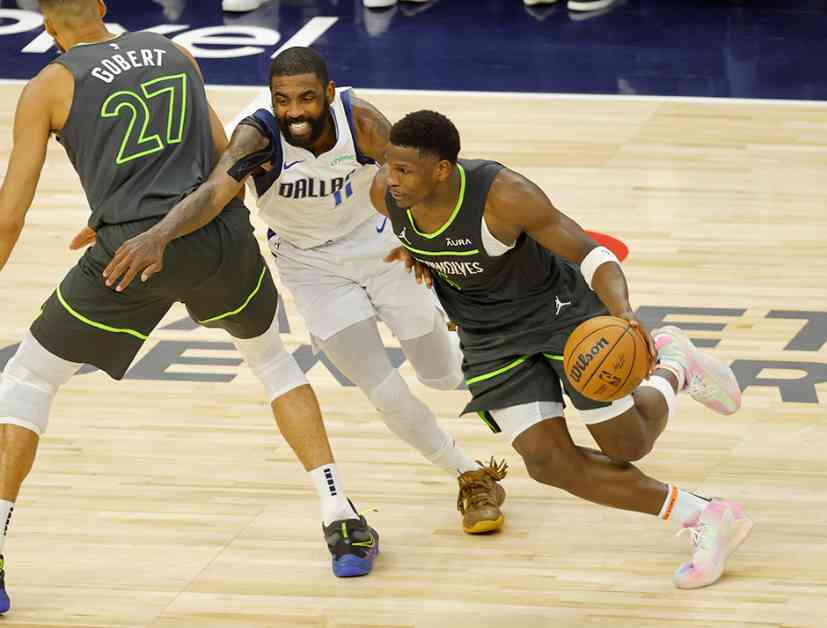Welcome to the second part of the interview with Minnesota Timberwolves Coach Chris Finch. Today, we will talk about the team’s struggle to convert turnovers into fast break points, the development of top draft pick Rob Dillingham, and managing high expectations while aiming for a championship. In the previous segment, we discussed various topics, and parts III and IV will be coming soon.
The conversation starts with the team’s inability to capitalize on turnovers last season despite creating the most turnovers in the league. Finch acknowledges this issue and emphasizes the importance of improving transition play during training camp. He highlights the need for better execution in odd-man break situations and the team’s lack of urgency in scoring off turnovers.
When discussing individual players, Ant Edwards emerges as a key player in transition possessions. However, Finch points out the team’s overall lack of depth and consistency in running the floor. He mentions the potential of young players like Dillingham, Naz Reid, TJ Shannon, and Josh Minott to contribute to the team’s transition game.
Regarding Dillingham’s rookie season expectations, Finch stresses the importance of giving him opportunities to grow while acknowledging that there will be ups and downs. He considers different rotation strategies to ease Dillingham into the team and maximize his potential impact.
The conversation shifts to NAW’s role in the team as a valuable contributor in various lineups. Finch praises NAW’s versatility and highlights his importance as a potential backup point guard. He emphasizes the need for NAW to play to his strengths and not try to be something he’s not, considering the team’s depth at the point guard position with players like Joe Ingles and Anthony Edwards.
Overall, the interview sheds light on the Timberwolves’ focus on improving transition play, developing young talent like Rob Dillingham, and maximizing the contributions of versatile players like NAW in the upcoming season. Finch’s insights provide a glimpse into the team’s strategies and priorities as they aim to compete at the highest level.


